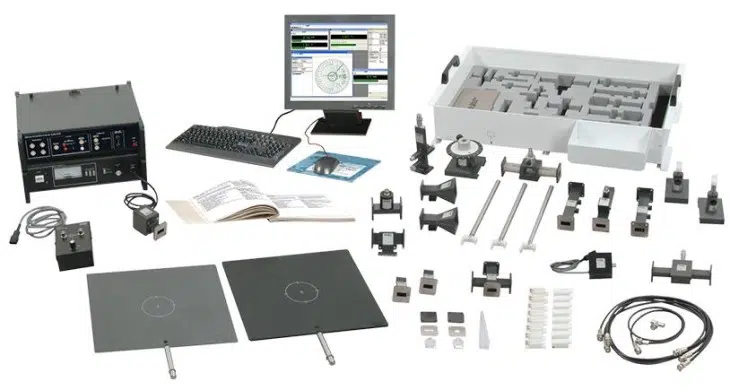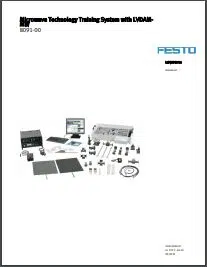Microwave Communications
The Computer-Assisted Microwave Technology Training System is a complete, state-of-the-art microwave training program that includes data acquisition and instrumentation. Specifically designed for hands-on training, this integrated package of software, hardware, and courseware contains all power supplies, high-quality microwave components, and accessories required to perform the experiments.
Topic coverage:
- Basic principles of microwave signals
- Propagation, detection and measurement of microwaves
- Study of components, such as Gunn oscillator, directional coupler, tees, PIN diodes, etc.
Request a Quote

The experiments are performed using the Data Acquisition and Management for Microwave Systems software (LVDAM-MW®). This modern software is built around a Data Acquisition Interface (DAI) that performs 12-bit A/D acquisition on four channels. The software uses the acquired data received from the interface to calculate and display the values of power and SWR measurements on a computer screen. This approach eliminates the need for a separate power meter and standing-wave ratio (SWR) meter, thereby providing high flexibility at a reduced cost.
Key Features
- Provides hands-on, system-level training in microwave technologies in the classroom
- Uses rugged, high-quality components designed for educational purposes
- Each component is identified with standard micro-wave symbol
- Microwave devices and components fabricated from electroless-plated brass to standard X-band waveguide dimensions
- Waveguide flanges joined by patented, precision quick fasteners, allowing rapid assembly and disassembly of system configurations
- USB Data Acquisition Interface (DAI) providing the following virtual instrumentation for the LVDAM®-MW software: Power Meter, SWR Meter, Oscilloscope, Ammeter, and Voltmeter
- The DAI is “stackable” and powered by the Gunn Oscillator Power Supply, Model 9501
- Comprehensive manuals with theory, step-by-step laboratory exercises, and review questions
- Meets a variety of needs and budgets because of subsystems and options
- Highly safe: low-power operation levels
- Estimated Program Duration: 55 hours

